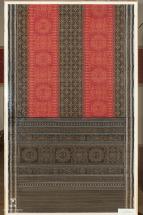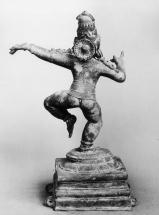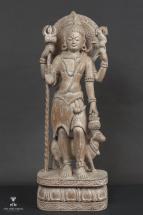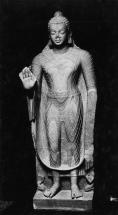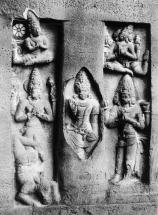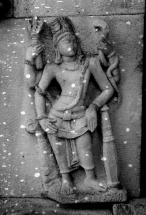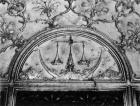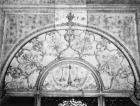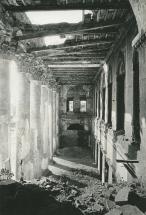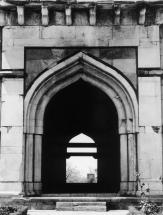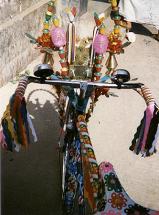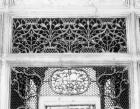Site Name: Jambavanodai
Date: 1100-1199 CE
Subject: Jnanasabandar, dancing: An interesting facet of Hinduism on the Tamil-speaking region of south India is the emphasis given to the worship of sixty-three Shaiva saints called nayanmars. The Shaiva saints who lived between the sixth and ninth centuries, were part of a community of holy persons who travelled together across the Tamil countryside, stopping to sing the glories of the deity enshrines at each temple. Through the hymns of the saints, the figure of the distant godhead was humanized. Jnanasambandar heads the list of Devaram singers, his poems on several hundred Shiva temples form the first three books of the sacred Saiva hymns. According to the legend, child Jnanasambandar was once left on the bank by his father. When the father returned, he found the child playing contentedly with a golden cup while trickles of milk ran down his chin, he questioned the source of the cup. By way of answer, the child raised his hand and pointed towards the sky where Uma-Mahesvara appeared to bless both the father and the child. Subsequently the father carried the child on his shoulders from temple to temple with Sambandar singing. Most Saiva temples possess metal images of four Saiva saints-Appar, Sambandar, Sundarar and Manikkavachakar and among these; it is Sambandar who is invariably shown as a child, either standing or dancing. In this image, Sambandar is dancing, one leg lifted, the left arm extended and the right arm pointing up, the image referring to his joyous dance after drinking Parvati?s milk. This is the back view of the sculpted image.




